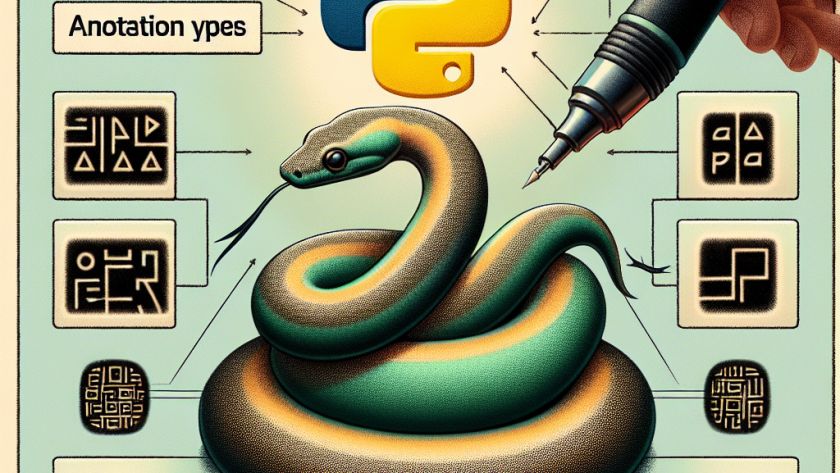Over several years, successful AI software projects have hinged on algorithms based on Mathematical Programming, Simulation, Heuristics, ML, and generative AI. These projects have returned significant profits for several major organizations. However, many businesses outside the software industry still face challenges in implementing successful AI strategies. In many cases, CDOs may only produce "standard" data…




